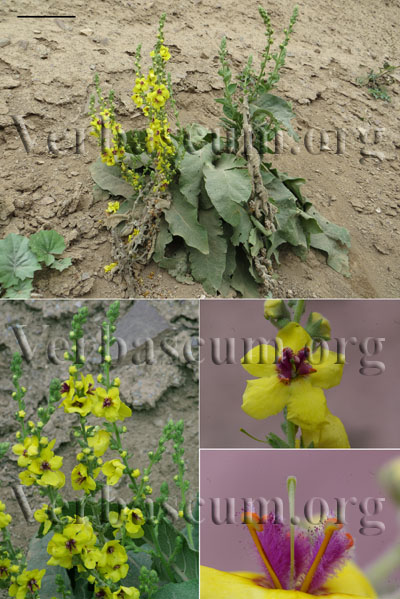The word Taxonomy was coined by Augustin Pyramus de Candolle in 1813.
Study of relationship and comparing morphological features in search of patterns for grouping organisms into units, groups or Taxa based on similarities and/or differences is classification.
Simpson (1961): Systematics: The study of the kinds and diversity of organisms and any and all relationships among them.
Simpson (1961): Taxonomy: the study of the principles and methods of classification.
In process of classification: for grouping and ranking , we need Taxonomic characters:
Taxonomic characters are those characteristics (feature, aspect) that are not very variable and/or show no meaningful correlation with other features.
Character state: any expression of a character that can be described (and/or named) and measured. It can be qualitative (are those that have character states given in descriptive terms, like colors of petals and …) or quantitative (are those that have character states in measurable units, such as number of petals in a flower or size of leaves and …).
A good character is one that serves adequately to differentiate taxonomic groups, either in a taxonomic key or in some other way. They are usually constant or vary only within defined limits within a taxonomic group and show correlations with other features.
A bad character is one that can not be relied upon for such discrimination. They vary unpredictably within groups and are often environmentally plastic, and show little or no correlation with other features. (a bad character in one taxon, genus or species may can be a good character in another.
Biogeography: is the study of geographic distribution of plants and animals. it concerns habitation patterns and the factors responsible for variations in distribution.
Category: a particular level (or rank) in the taxonomic hierarchy, such as genus or class. It refers to an abstract level of classification.
Founder event: is the loss of genetic variation that occurs when a new population is established by a very small number of individuals from a larger population
Genus (pl. genera): a category above the species and below family.
Geobotany: is a biological discipline that analyses and classifies the plant communities in their natural environment.
Species: is the basic category in the taxonomic hierarchy. A species is often defined as a group capable of interbreeding and producing fertile offspring.
Subspecies: if the differences of taxa within a species is large, but not large enough to do a specific segregation, then the taxa should be treated as subspecies.
Taxon (pl. taxa): a group with shared features at any rank. (also a particular group of organisms within a category).
Variery (varietas in latin) was the first category to be used below the species level for plants. Linnaeus believed that plant changes by accidental causes due to the climate, soil, heat, winds, … is variety (small differences, in other sources).
Vicariant event: a barrier that cause dividing a population into two and they turn off gene flow. (a climatic change, river, …)
Source:
1- Case studies in Plant Taxonomy. by Tod F. Stuessy.
2- Plant systematics- Simpson.
3- Les plantes à fleurs; Bell.
4- and different botanical resources.


